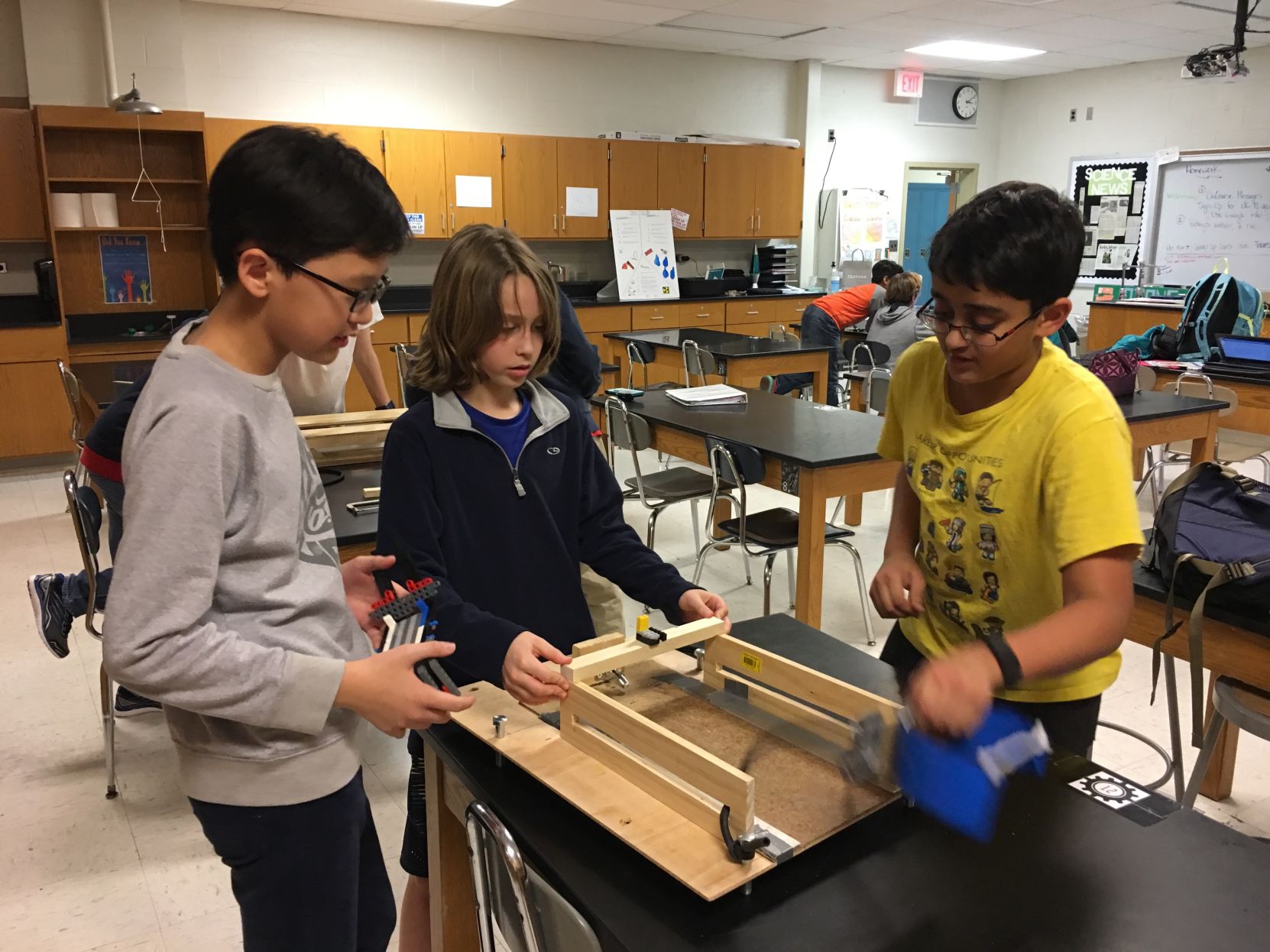Next month, a teacher at Timberlane Middle School will travel to the Johnson Space Center in Texas to participate in the testing of a Satellite Launching Experimental Design (SLED) in a microgravity environment., Kimberly Renick will take part in the effort after being selected through a national contest sponsored by NASA and presented to students across the country. Renick has previously participated in professional development sessions at NASA and heard about the experiment proposed through the contacts she met., The challenge proposed asks students to design an automatic satellite launching device., Renick and her students worked with a team of five teachers and students from across the country. Each group of students worked through the engineering design process to create a proposal and design in hopes of being selected for the actual experiment., Only twelve teams from across the country were selected by NASA to construct a prototype that will eventually be tested at the Space Center. All of Renick’s science students were responsible for researching historical and modern launching devices. They were asked to create a conceptual design of a launcher that would eject a satellite that would mimic an orbital insertion to Mars., Renick narrowed the submissions to fifteen, which were then evaluated by the team of teachers working with her., Ultimately, it was Bryce Ansari’s design that was deemed to be the most viable project and submitted to NASA., After Ansari’s proposal was selected by NASA, Renick and her students began construction on the actual prototype. Through that process, Renick stated that the students have gone through at least six different designs and have learned to make adjustments on their initial design as challenges and issues arise., In total, fifteen students have worked on the challenge: Bryce Ansari, Karthik Appana, Dhanvi Ganti, David Gao, James Lee, Konrad DeMartino, Abby Prosser, Melissa Issac, Taylor Foret, Aidan Norton, Charlie Stowe, Sathya Kammaraporugu, Erin Goldsmith, Kate Crotty and Caileigh Ross., “This is a real-world challenge. This is a challenge that NASA is actually having,” Renick said. “It’s a chance to bring in the community to this project. I’ve had really great parental support, letting the kids stay, helping if we need extra materials.”, Once the prototype is complete and sent back to NASA, Renick will spend a week at the Johnson Space Center testing the student-constructed project. Renick will bring back valuable feedback and experience to her students and hopes to share them with other teachers and science classes in the district.

